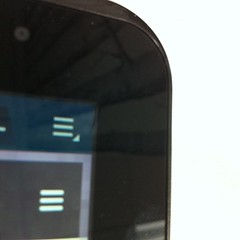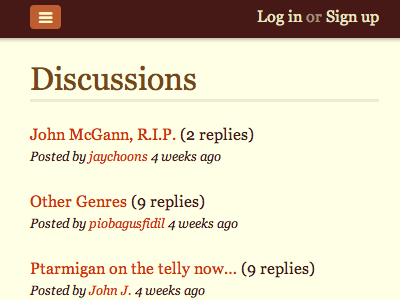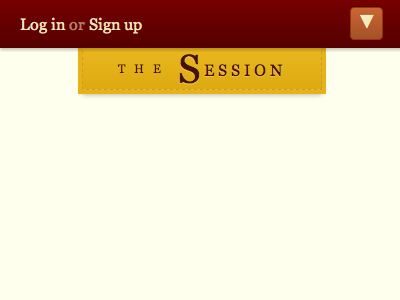Icon fonts, unicode ranges, and IE8’s compatibility mode
While doing some browser testing this week, Mark come across a particularly wicked front-end problem. Something was triggering compatibility mode in Internet Explorer 8 and he couldn’t figure out what it was.
Compatibility mode was something introduced in IE8 to try not to “break the web”, as Microsoft kept putting it. Effectively it makes IE8 behave like IE7. Why would you ever want to do that? Well, if you make websites exactly the wrong way and code for a specific browser (like, say, IE7), then better, improved browsers are something to be feared and battled against. For the rest of us, better, improved browsers are something to be welcomed.
Shockingly, Microsoft originally planned to have compatibility mode enabled by default in Internet Explorer 8. It was bad enough that they were going to ship a browser with a built-in thermal exhaust port, they also contemplated bundling a proton torpedo with it too. Needless to say, right-minded people were upset at that possibility. I wrote about my concerns back in 2008.
Microsoft changed their mind about the default behaviour, but they still shipped IE8 with the compatibility mode “feature”, which Mark was very much experiencing as a bug. Something in the CSS was triggering compatibility mode, but frustratingly, there was no easy way of figuring out what was doing it. So he began removing chunks of CSS, reducing until he could focus in on the exact piece of CSS that was triggering IE8’s errant behaviour.
Finally, he found it. He was using an icon font. Now, that in itself isn’t enough to give IE8 its conniptions—an icon font is just a web font like any other. The only difference is that this font was using the private use area of the unicode range. That’s the default setting if you’re creating an icon font using the excellent icomoon service. There’s a good reason for that:
Using Latin letters is not recommended for icon fonts. Using the Private Use Area of Unicode is the best option for icon fonts. By using PUA characters, your icon font will be compatible with screen readers. But if you use Latin characters, the screen reader might read single, meaningless letters, which would be confusing.
Well, it turns out that using assigning glyphs to this private use area was causing IE8 to flip into compatibility mode. Once Mark assigned the glyphs to different characters, IE8 started behaving itself.
Now, we haven’t tested to see if this is triggered by all of the 6400 available slots in the UTF-8 private use range. If someone wants to run that test (presumably using some kind of automation), ’twould be much appreciated.
Meantime, just be careful if you’re using the private use area for your icon fonts—you may just inadvertently wake the slumbering beast of compatibility mode.


